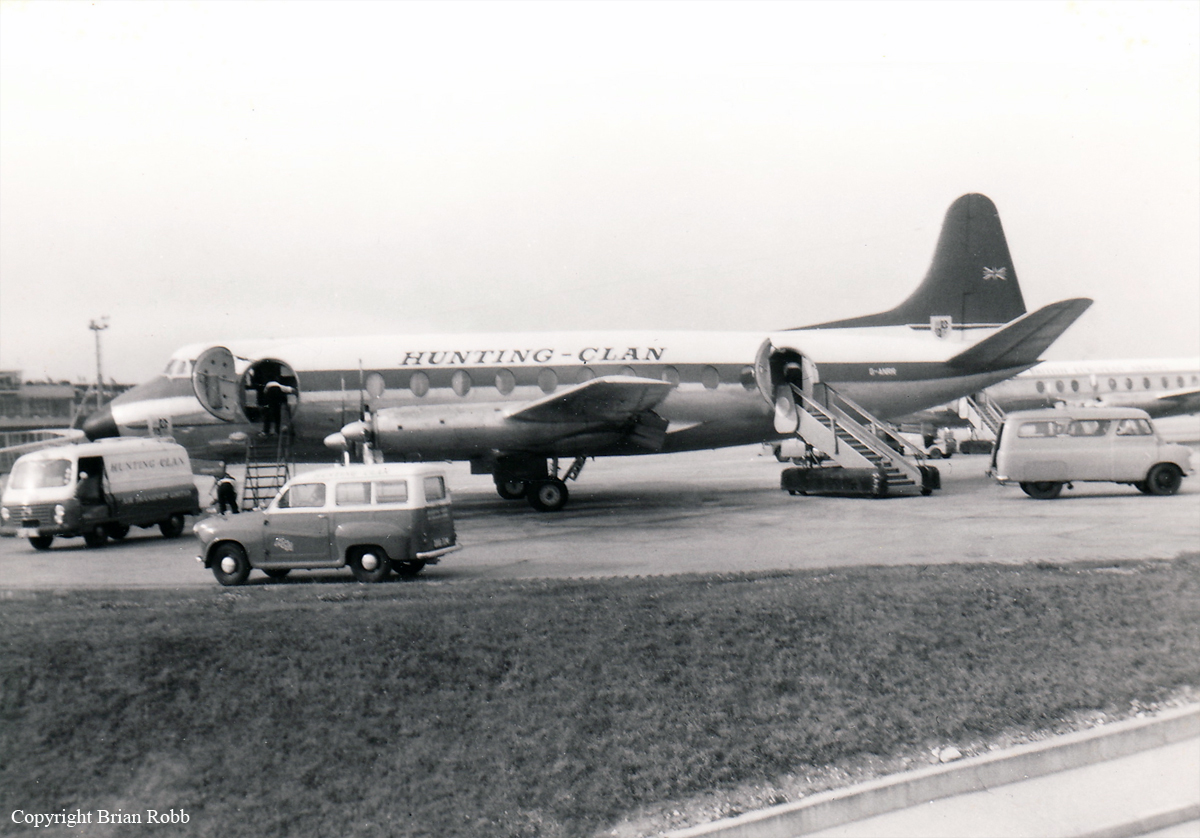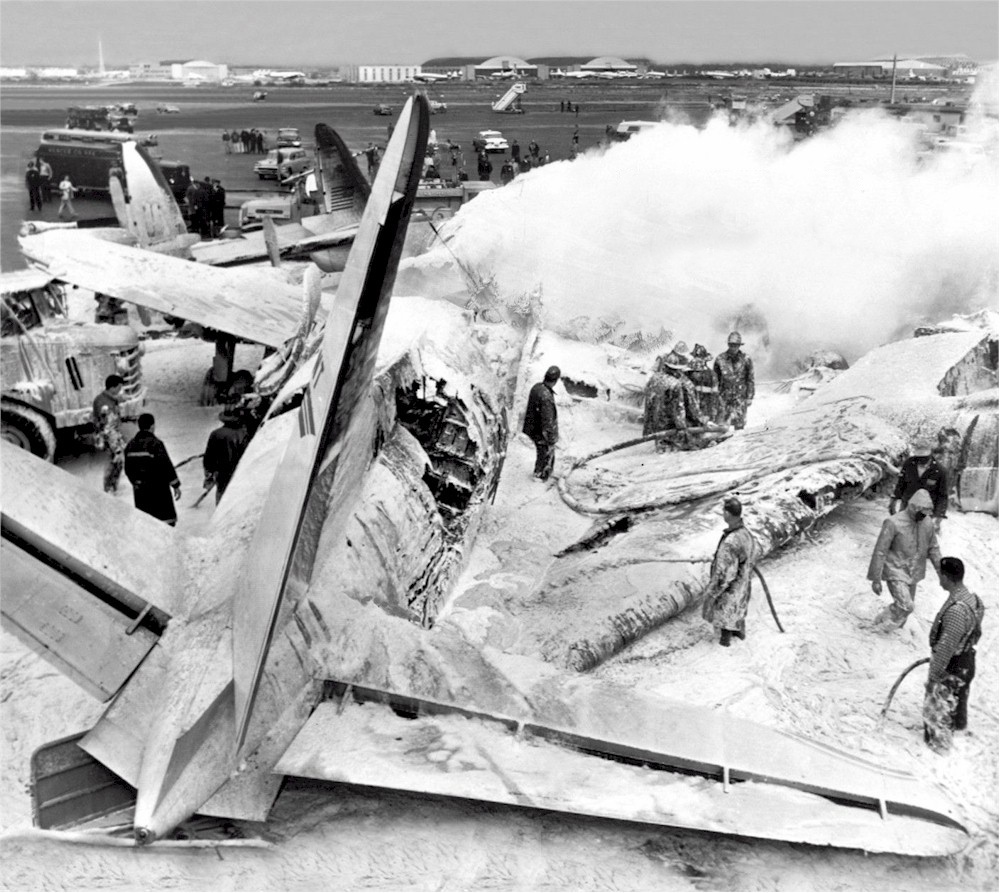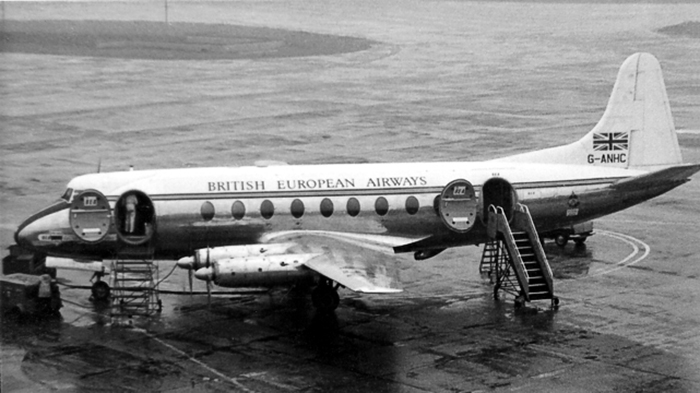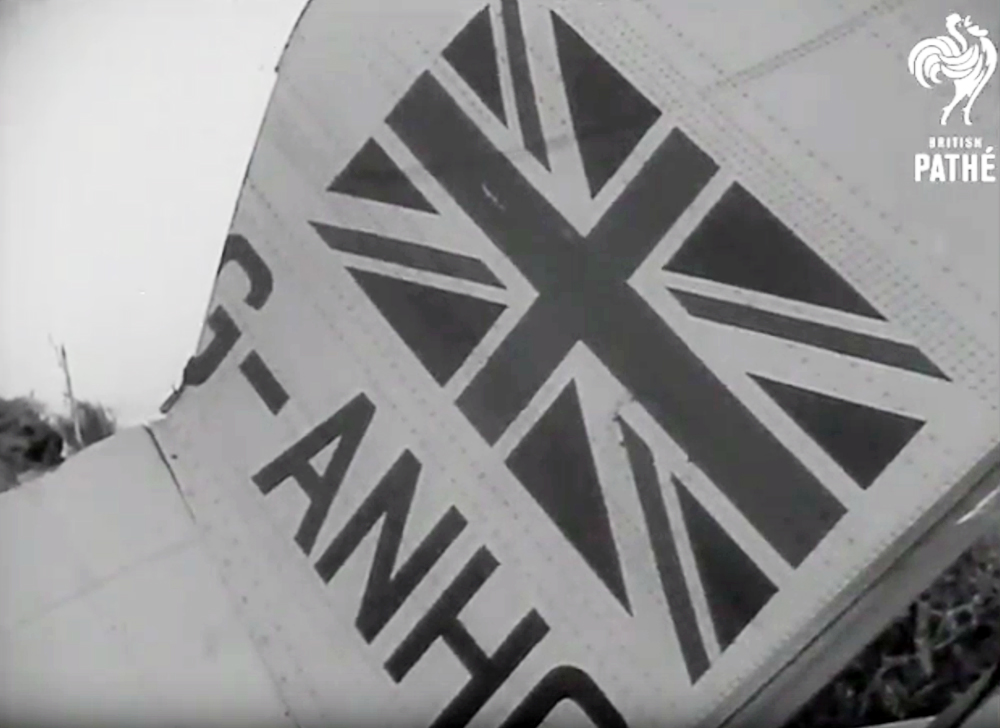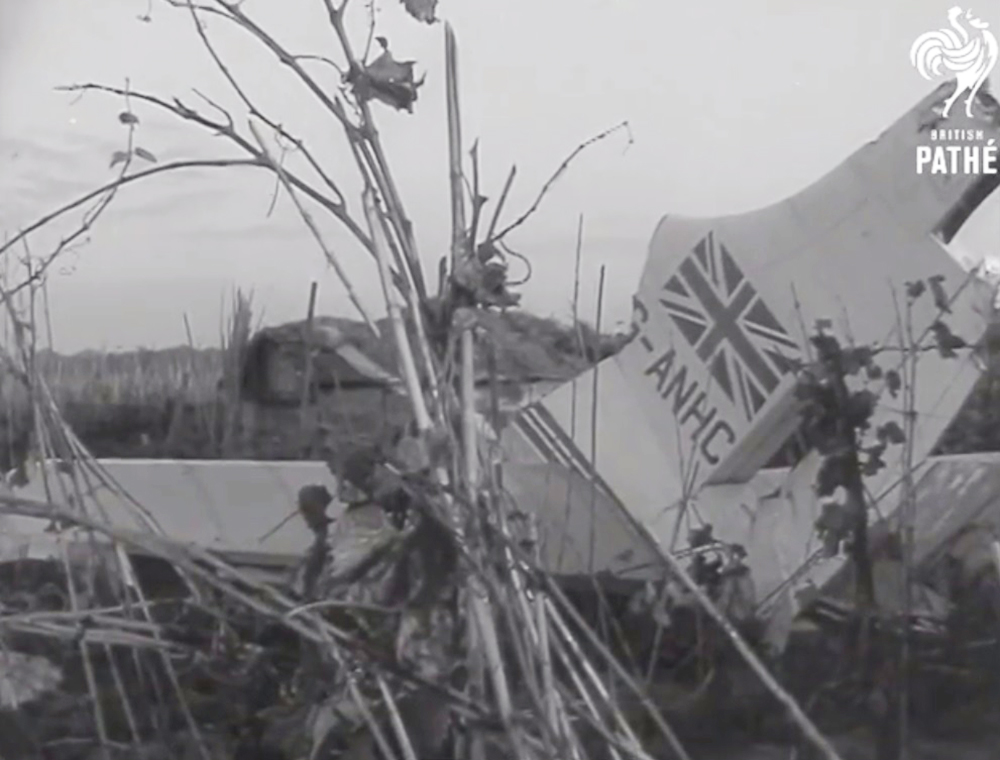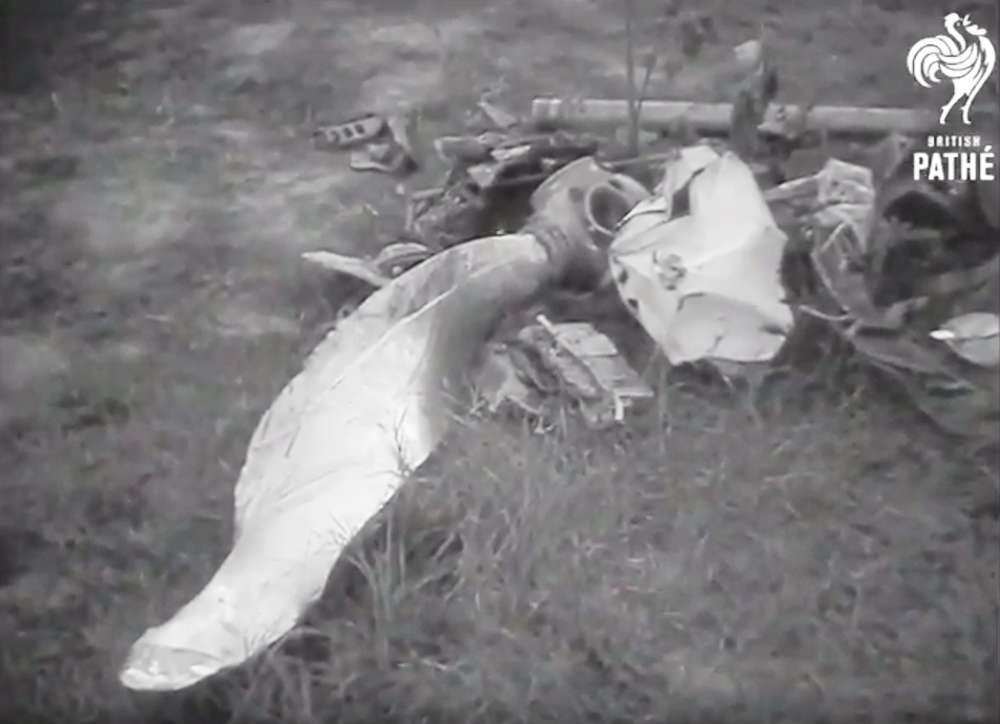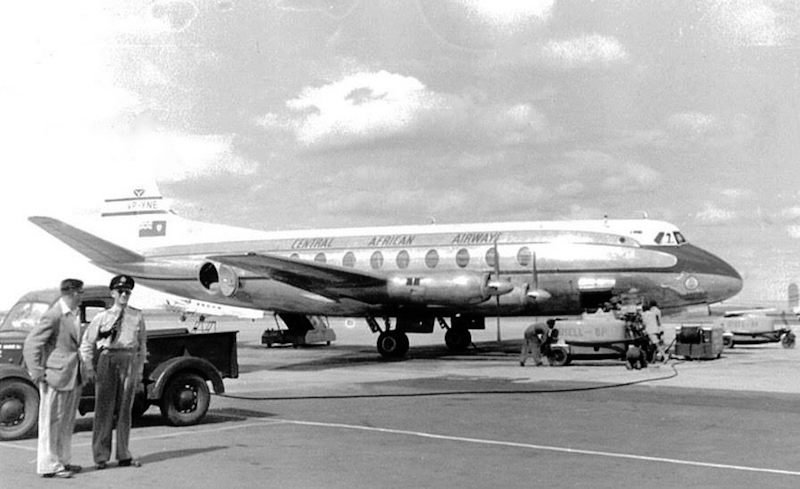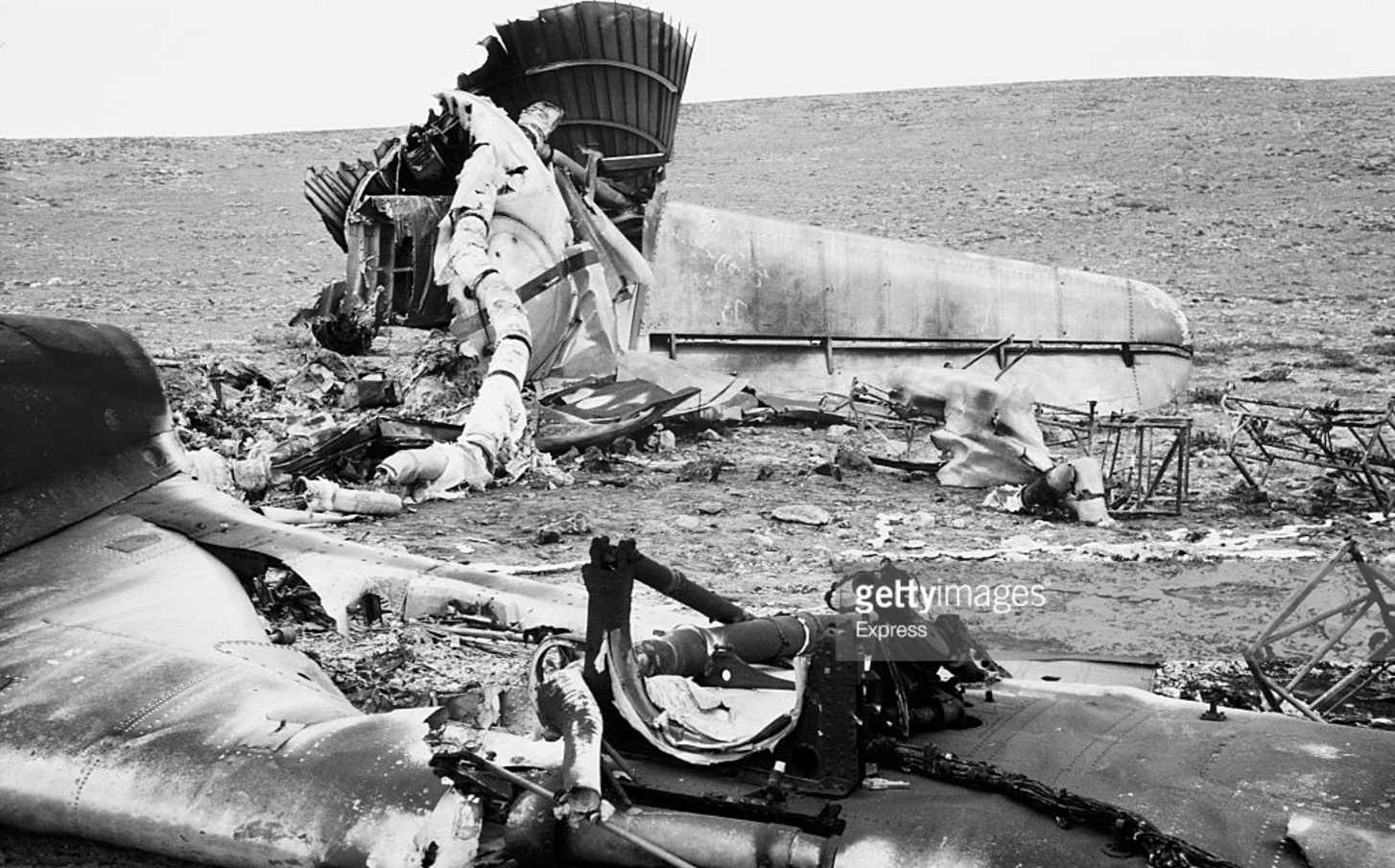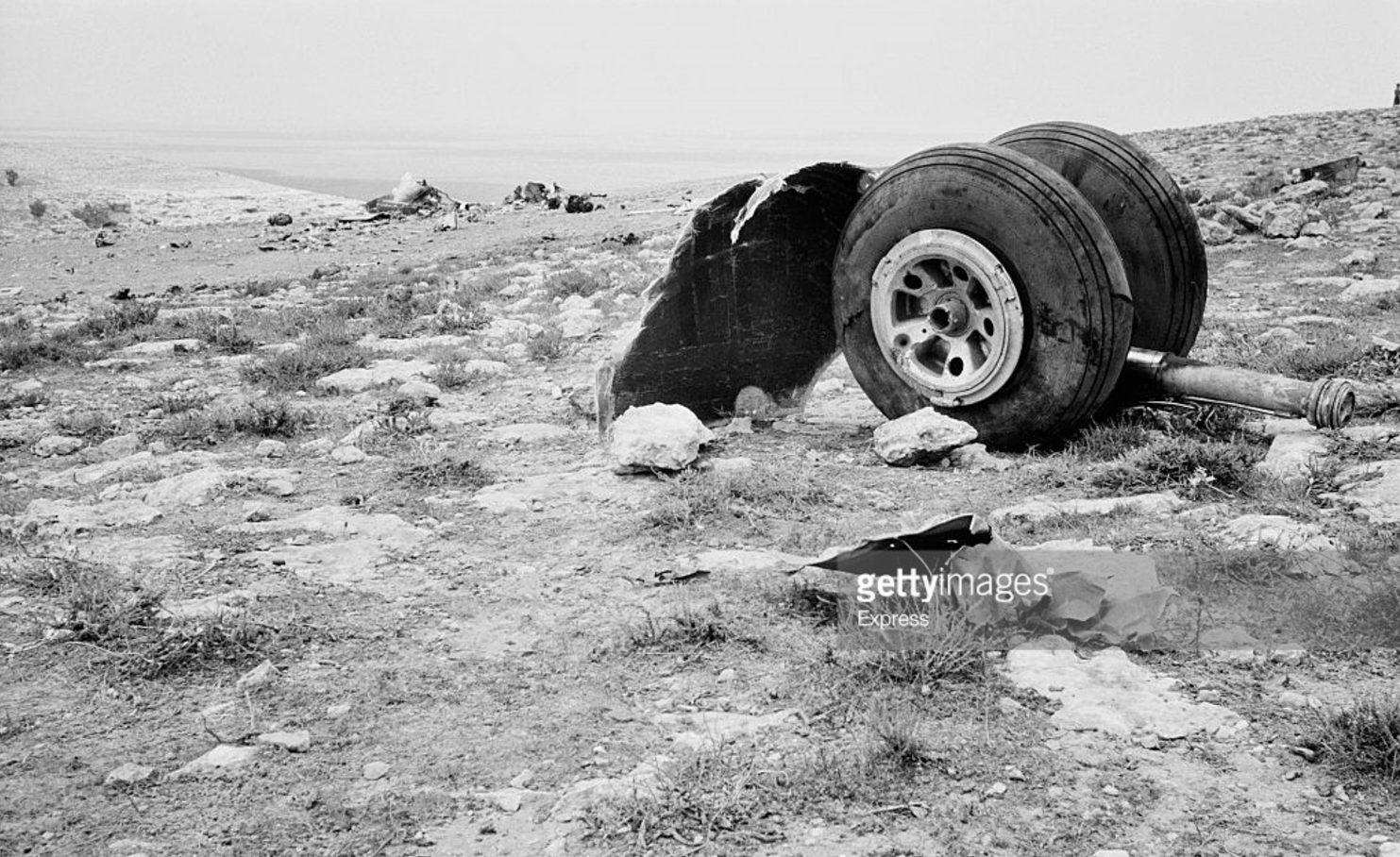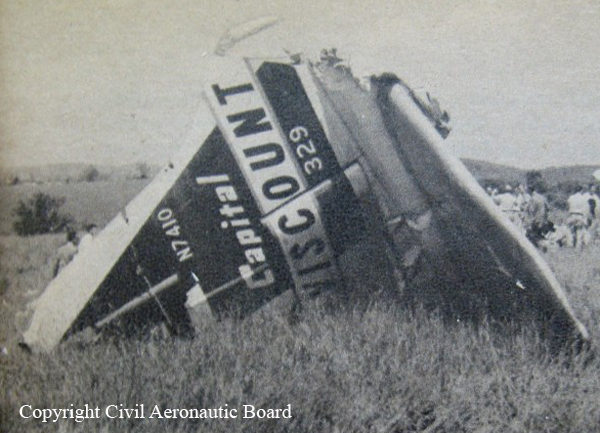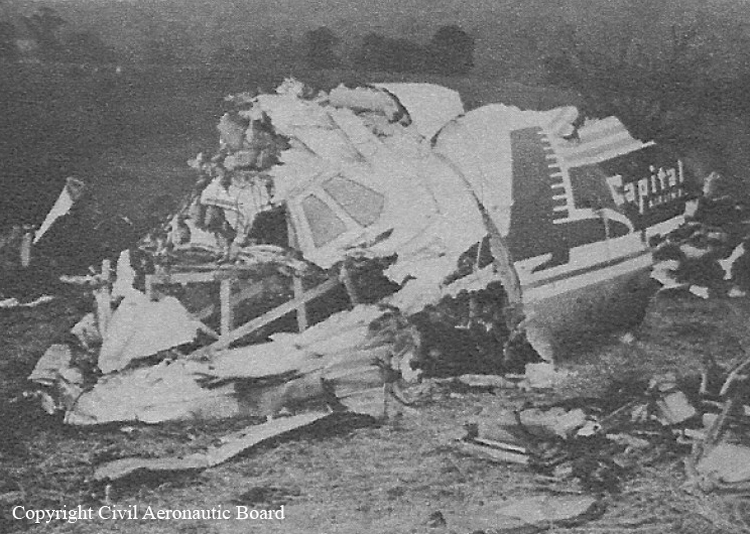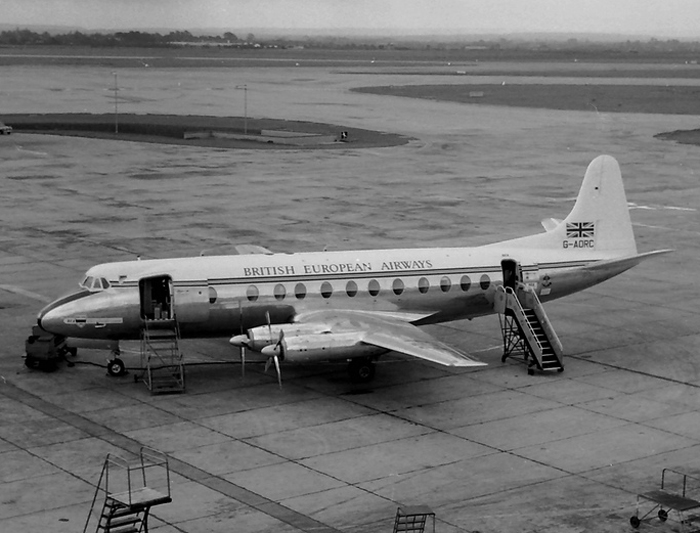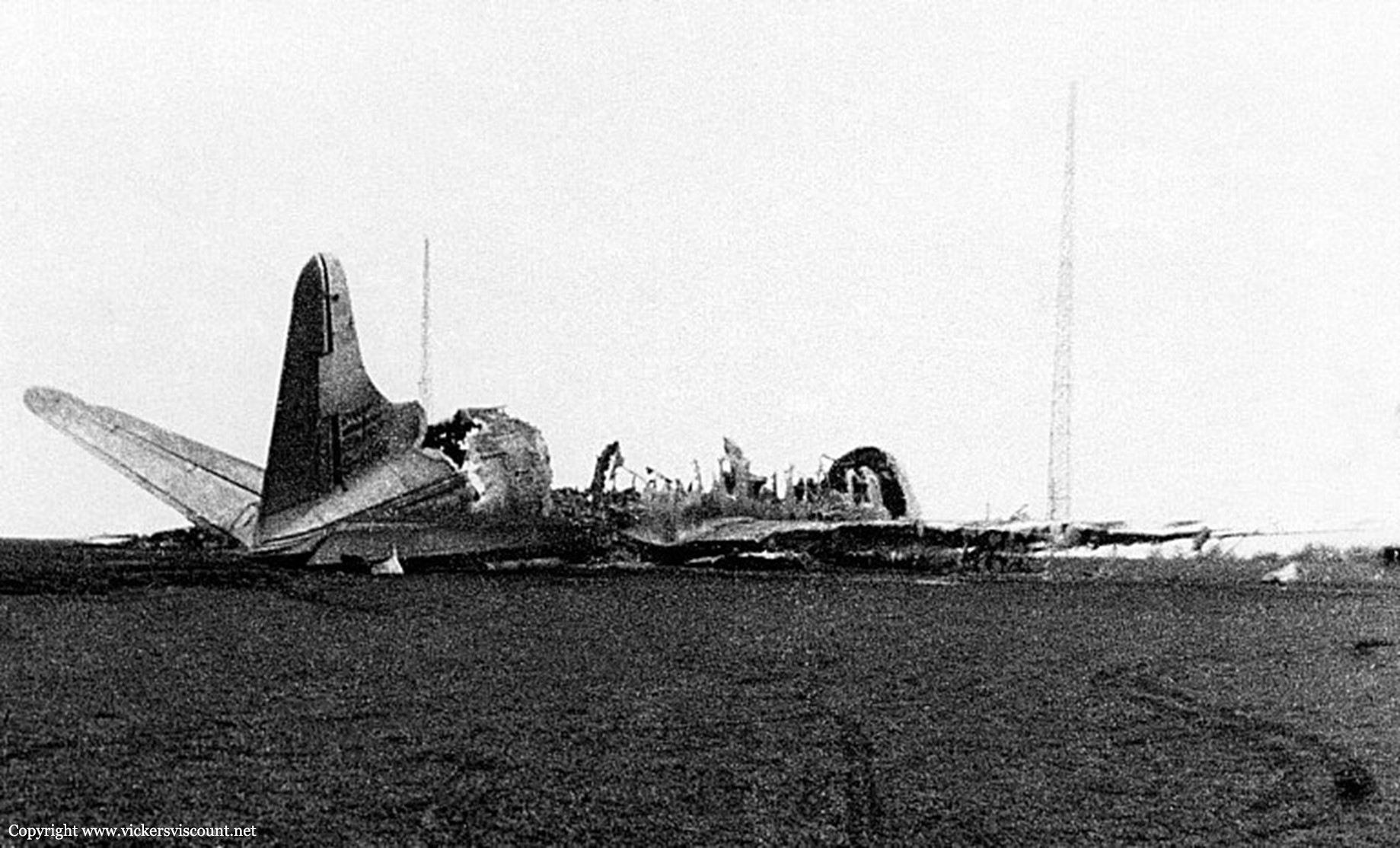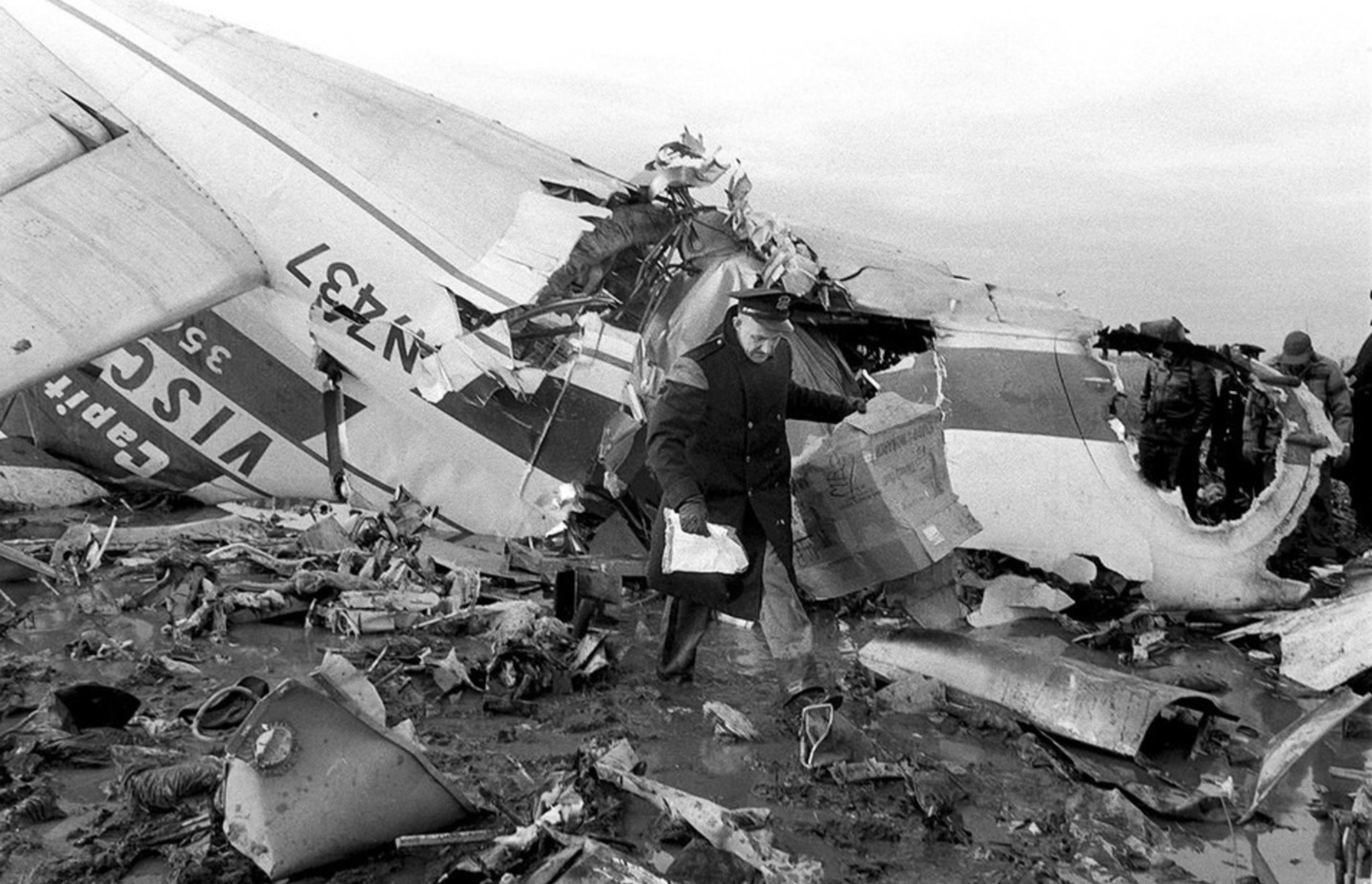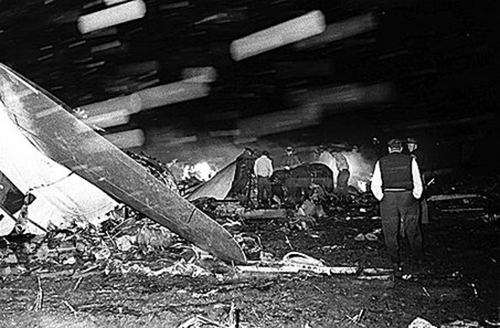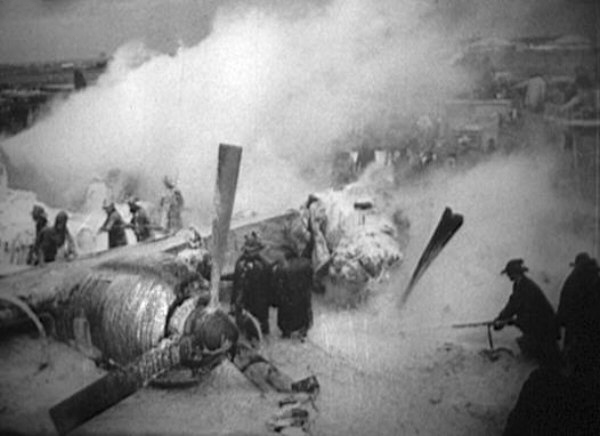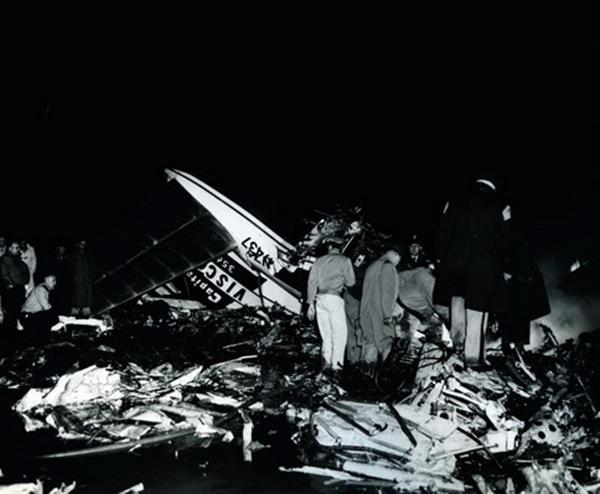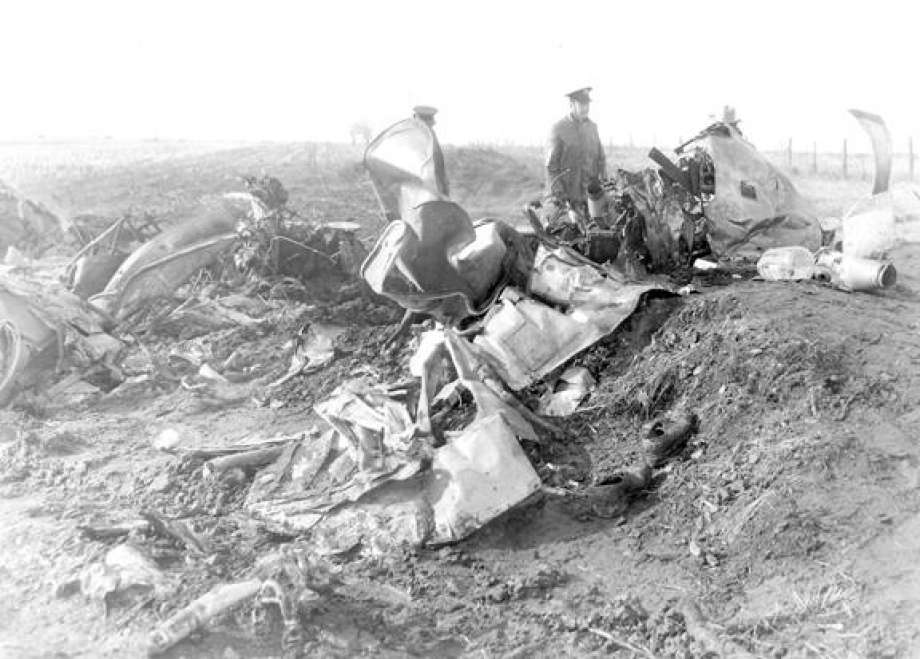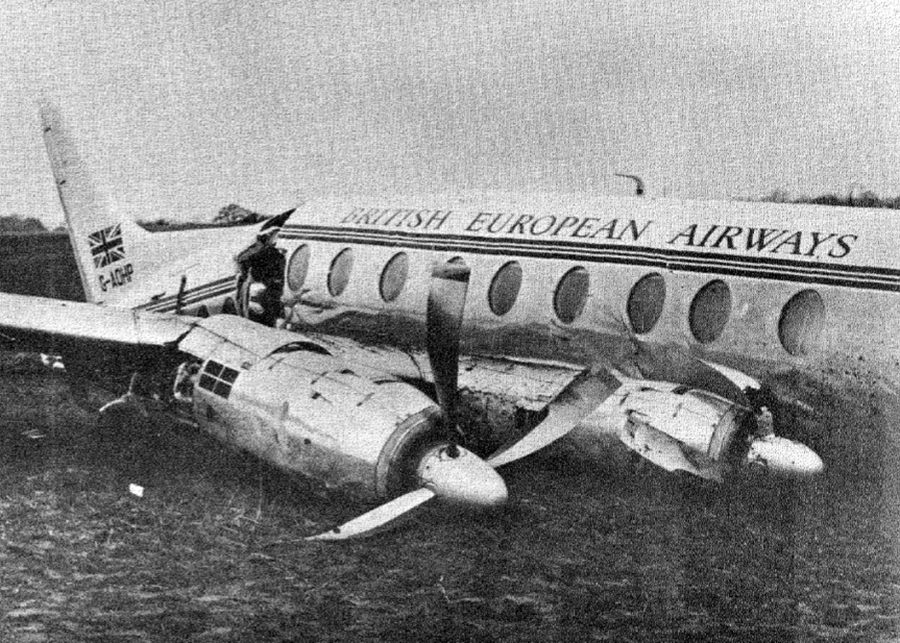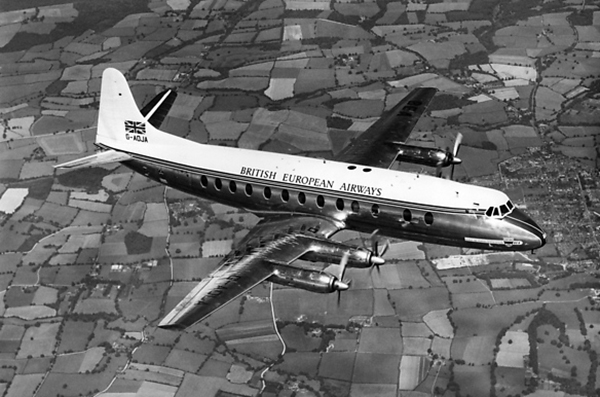Crash of a Vickers 732 Viscount in Frimley: 6 killed
Date & Time:
Dec 2, 1958
Registration:
G-ANRR
Survivors:
No
Schedule:
London - London
MSN:
74
YOM:
1955
Crew on board:
6
Crew fatalities:
Pax on board:
0
Pax fatalities:
Other fatalities:
Total fatalities:
6
Circumstances:
Following a major overhaul, the crew (pilots and engineers) left London-Heathrow Airport in the morning for a post-maintenance check flight. Ten minutes after takeoff, while cruising at an altitude of 1,000 feet, the right wing failed and detached. Out of control, the airplane dove into the ground and crashed in a field located in Frimley. The aircraft was destroyed upon impact and all six occupants were killed.
Probable cause:
The accident was due to the elevator spring tab operating in the reversed sense. This involved the pilot in involuntary manoeuvres which overstressed the aircraft and caused the wing to break off. Work done to the spring tab mechanism during overhaul had been carried out incorrectly and the persons responsible for inspection failed to observe the faulty operation of the tab because they were neglectful in the performance of their duty.
